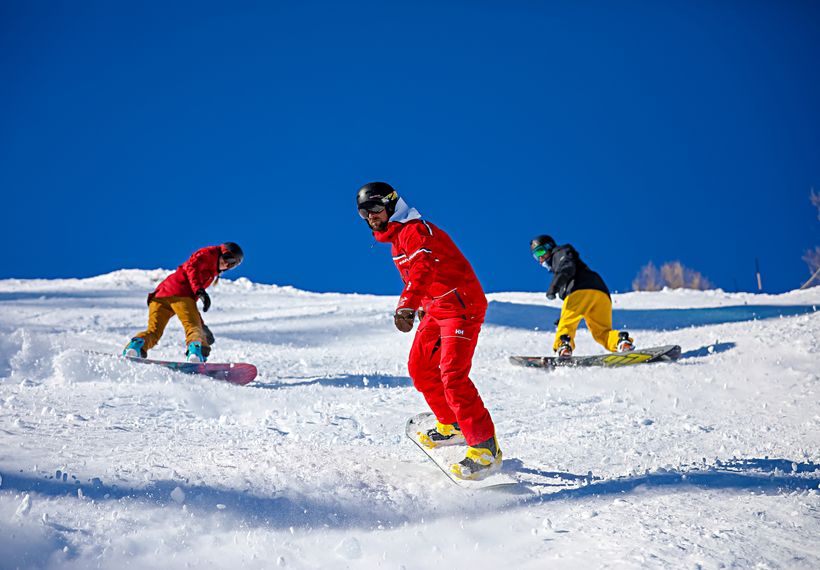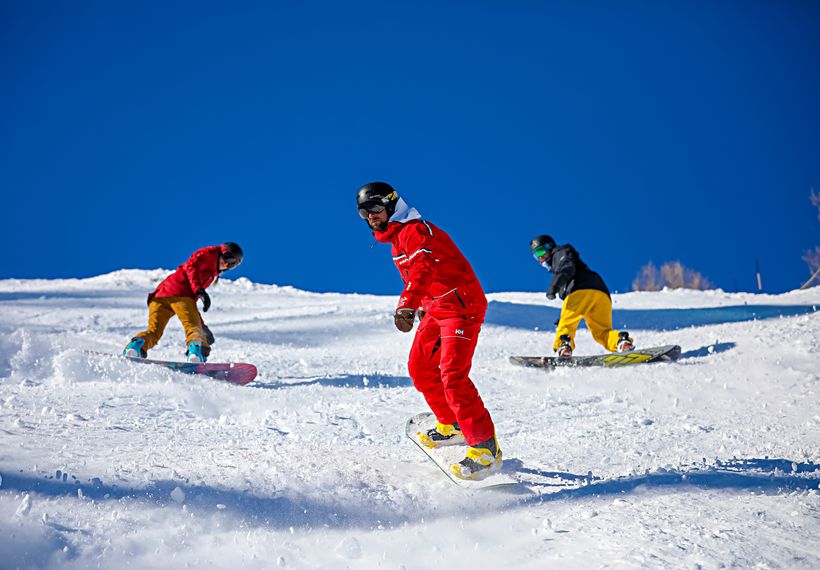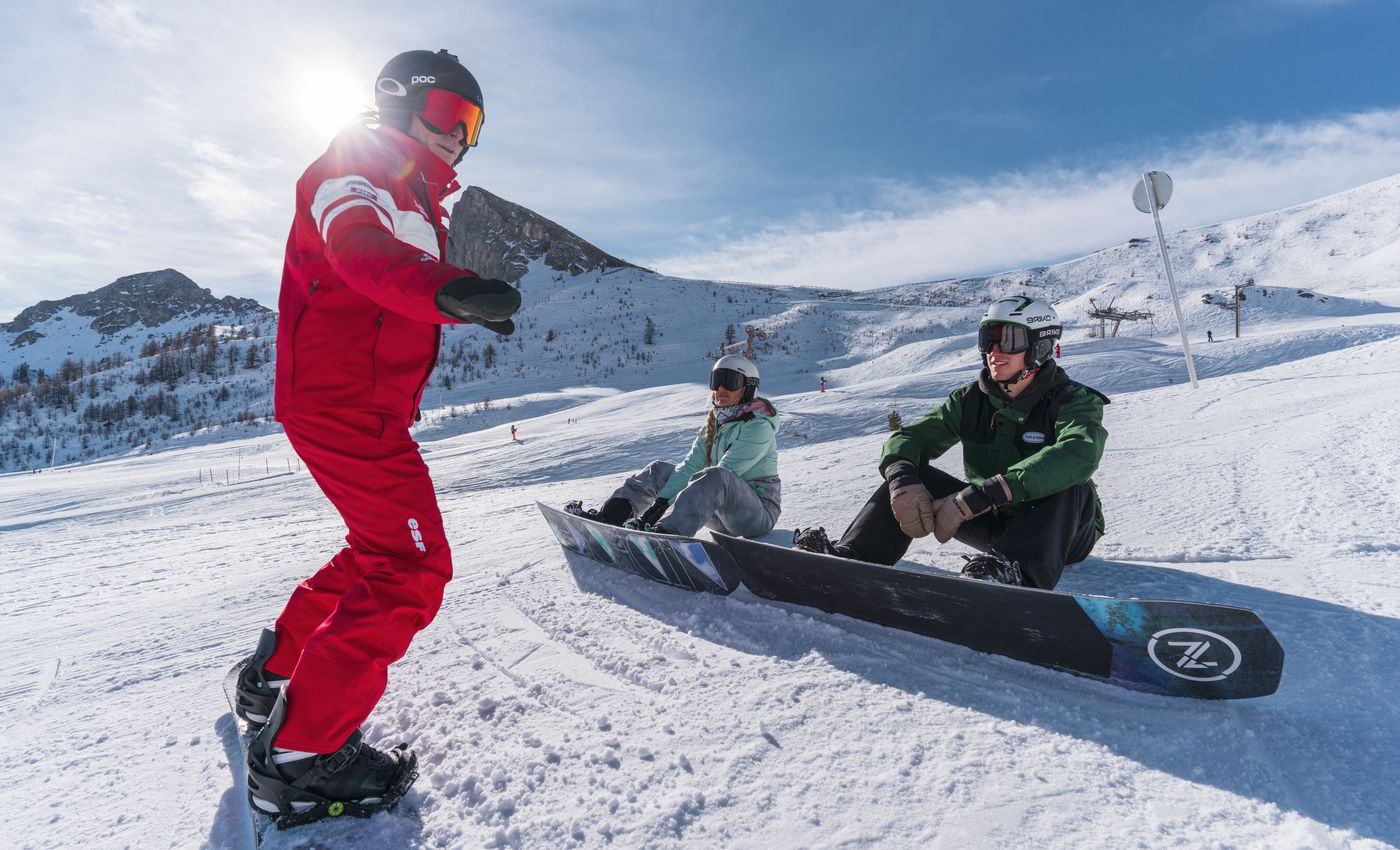Snowboarding lessons:
Beginner to intermediate level
Discover the culture of snowboarding or improve your technique thanks to our lessons given by snowboarding professionals.
As snowboarding is a discipline that can't be improvised, our instructors will guide you in your progression, enabling you to ride with good technique and style.
As part of a group, you'll improve your skills in a friendly atmosphere.
So don't hesitate. . . Grab your board and come ride with us!
As snowboarding is a discipline that can't be improvised, our instructors will guide you in your progression, enabling you to ride with good technique and style.
As part of a group, you'll improve your skills in a friendly atmosphere.
So don't hesitate. . . Grab your board and come ride with us!

From 183€
5 or 6 snowboarding lessons
afternoon
Beginner to Intermediate level
| Sunday to Friday OR Monday to Friday | |
| 2:15pm to 4:30pm | |
| Jardin de Montfrais | |

From 135€
3 snowboarding lessons
afternoon
Beginner to Intermediate level
| Monday to Wednesday | |
| 2:15pm to 4:30pm | |
| Jardin de Montfrais | |
